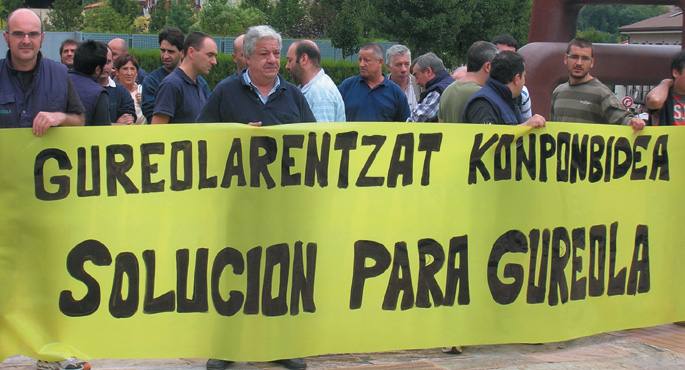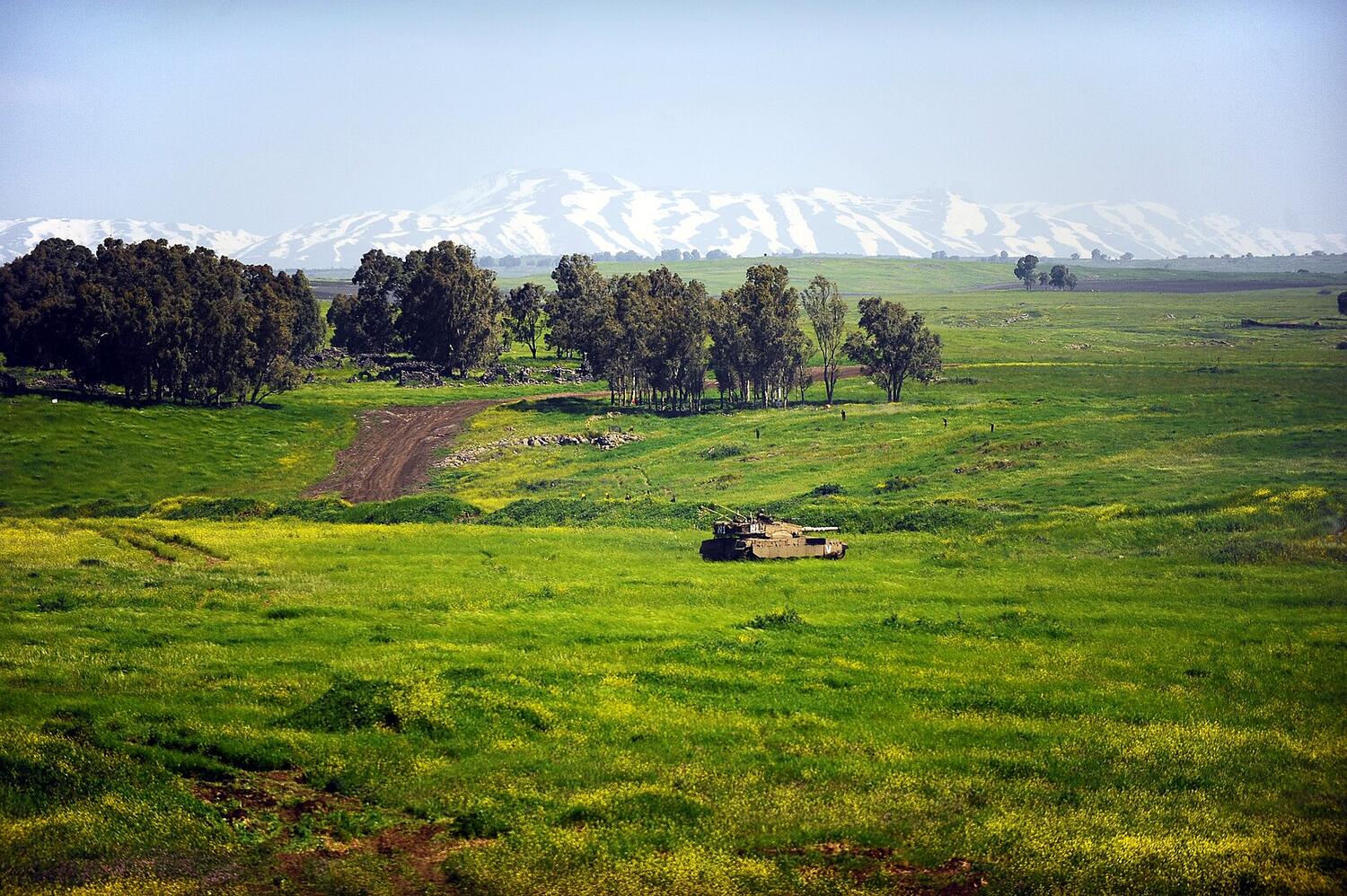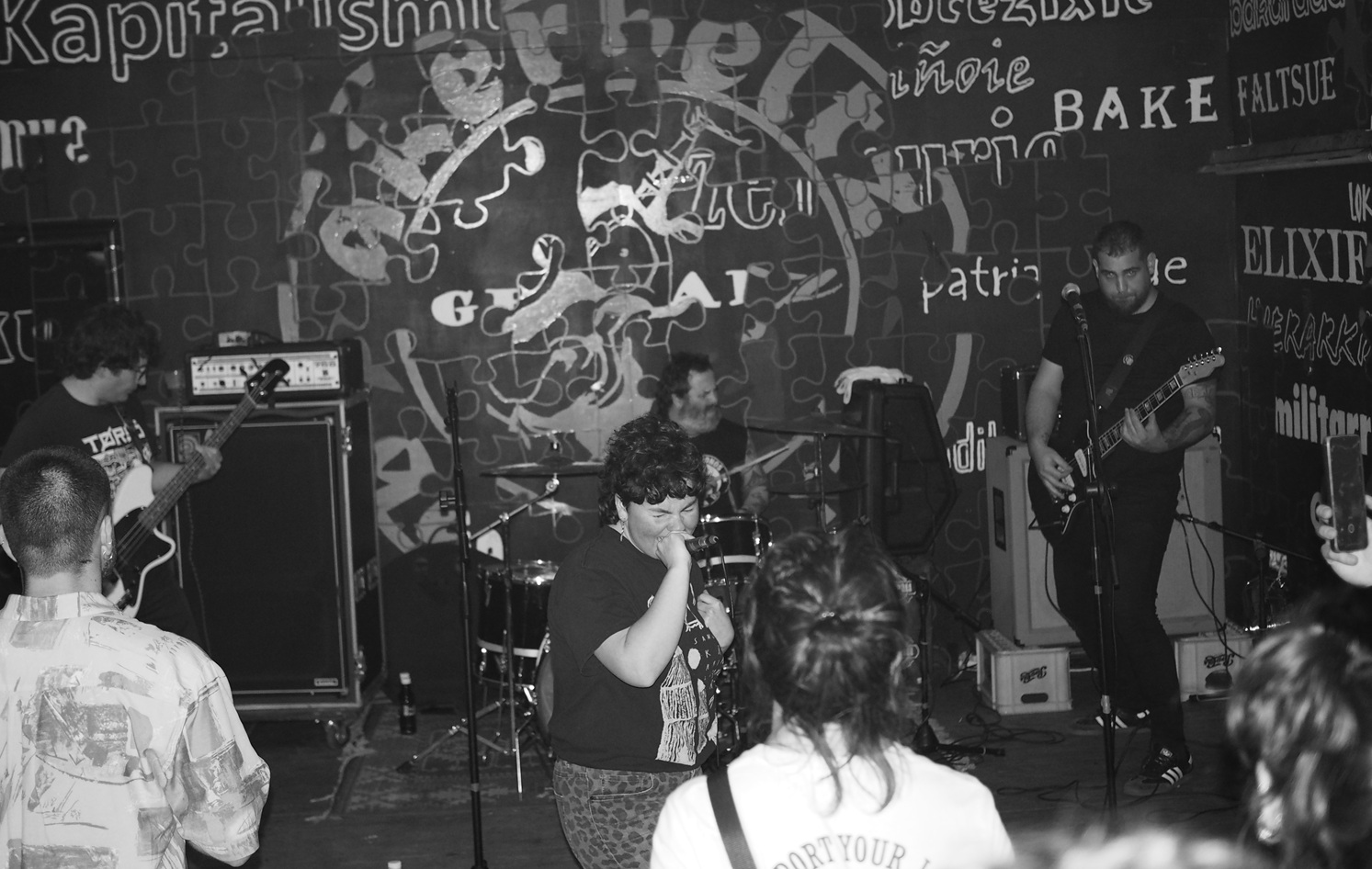Workers don't want to put the paper factory home
- When Gureola, one of the most classic paper pots in Gipuzkoa, was going to celebrate a hundred years, the workers guarded him the headquarters and the machines. With electricity and gas cut off, without being able to see any solution, they maintain what for years has been the culture of production, in addition to the profession.

The workers of Gureola-Cellulosas of Hernani have also seen more than they have seen in the asphyxiating factory. Last, 6 November 2011. What did not touch in the mythical flood of 1983, the Urumea covered them up to the meter and a half. Hundreds of tons of ready-to-market paper, permanently damaged, dozens of water-drowned motorcycles and sludges. The main ones cited losses amounting to EUR 5 million.
“In less than fifteen days, cleaning and repairing everything, we re-produced,” the proud workers say. This time, however, the waters have reached the collado.
Workers are mobilized to try to save what they can, without seeing any reason to move forward to their older people after cutting supplies, electricity and gas. Twice a week they are shown in Hernani Square, around a banner. They negotiate with employers, with suppliers, with authorities.
Meanwhile, they continuously monitor factories, facilities and machines to keep them intact. Between Hernani Rugby Camp and the Iron Road, the working centre that celebrated its anniversary and 47 workers play the future.
It was the year of the centenary.
In the pages of the history of Gureola you can read the decline of the paper industry, one of the classic industries of Gipuzkoa. Founded in 1912 by Gregorio Mendia, in the decade of 1966 the multinational Scott bought the humpback that gave almost 500 workers. As an integral stationery, it carried out the whole process from the exploitation of the pine forests of the area to the sale of processed paper products.
In the following years the whole parts of the paper were demolished: at the initial end of the process, the cellulose production mill from the wood, at the other end manipulated to finish the products, commercial network...
Scott explained in 1997 his final closure plan. Among the workers now there are some who had to work hard to keep the factory from closing. In the end there were no more than 30, while the rest went home with the compensation already paid.
Gureola was bought in 1999 by a group of paper mills in Gipuzkoa, among them the owners of the Spanish Waste Paper. By then many of the famous stationery of Oria and Urumea had already disappeared, others were going to be destroyed in the following years.
Subsequently, the change of ownership will take place every five years. Gureola was acquired by the Jofel Association for sale to Beasme after five years... and from his hands a new property was premiered in 2011, made up of the Web Ray companies and Circles Tisu.
Gureola produces tissue paper, from what is used in the kitchen and in the bathroom. Due to its high market demand, together with the Black Clawson machine which was brought in 1968 – 40 tonnes of paper a day – the new Toscotec brand – 60 tonnes a day – was introduced in 2007 for EUR 8 million.
Difficult solution
In recent years, things have been tightening. Costs higher than expected from the start-up of the new machine, investments in compliance with new environmental standards, increased electricity and gas, tensions generated by the payments of the investments made...One of the interlocutors witnessed in 2009 the passionate controversy between the then owner and Juan Miguel Etxeberria, which for many years led to the direction of Gureola, reproaching his patronos.
The Web Ray and Secure Tisu companies, based in Getxo, are the owners of Gureola in the past year and a half. Upon entry, the workers were told that they intended to invest EUR 10 million, to bring a third machine, which they were financially supporting a Canadian group. Instead, there was a suffocation crisis.
The company, which was known to pay a little money to its suppliers, is now indebted to many of them, including small businesses in Hernani and the surrounding area. Cellmark is the financier who controls both purchases and sales.
On 30 July production was halted in the absence of supplies, according to the same source. Before, some workers had come to pay some of the items in their pocket. The biggest sin for a continuous producer of paper is to let the machine stop. On August 1, Iberdrola cut off the light. Gas later.
The workers have been monitoring the factory for two months, day and night, alternately, for fear that some thief might spoil the machines forever. Or someone takes her in secret. If a buyer appears, to start it immediately. Be able to sell in the event of liquidation.
Until now we have believed that those in charge of copying books during the Middle Ages and before the printing press was opened were men, specifically monks of monasteries.
But a group of researchers from the University of Bergen, Norway, concludes that women also worked as... [+]
Florentzia, 1886. Carlo Collodi Le avventure de Pinocchio eleberri ezagunaren egileak zera idatzi zuen pizzari buruz: “Labean txigortutako ogi orea, gainean eskura dagoen edozer gauzaz egindako saltsa duena”. Pizza hark “zikinkeria konplexu tankera” zuela... [+]
Aposapo + Mäte + Daño Dolor
When: April 5th.
In which: In the Youth Center of Markina-Xemein.
---------------------------------------------------------
I’ve made my way to the cheese house with the shopping cart full of vegetables, and we’ve spent the evening cutting... [+]




















